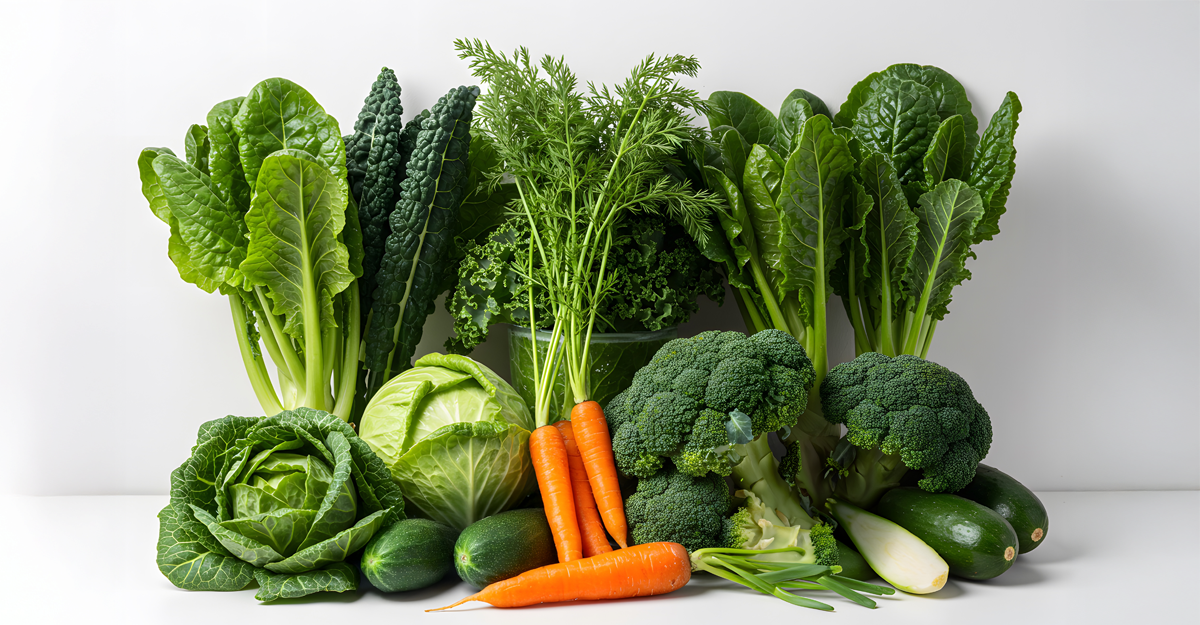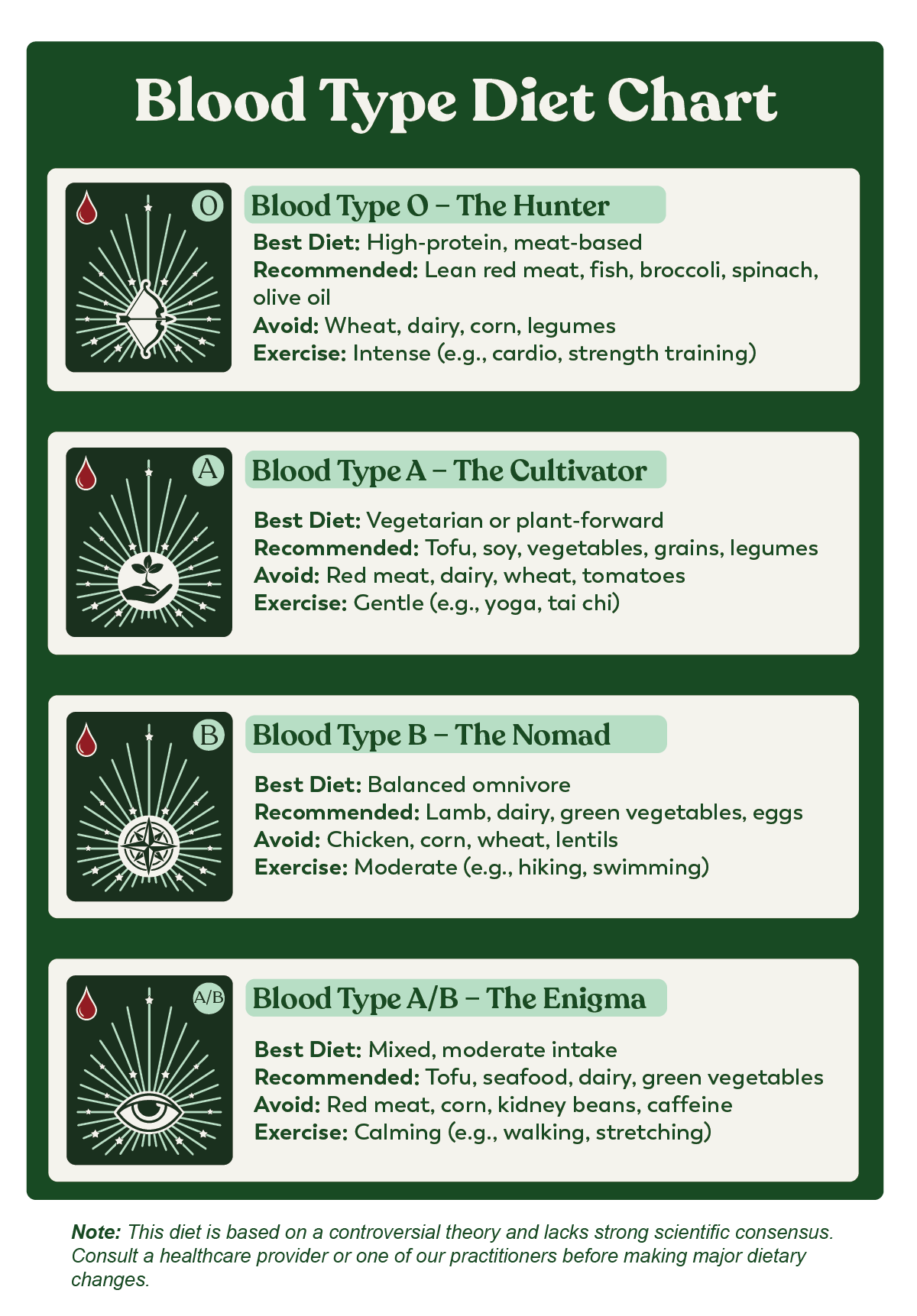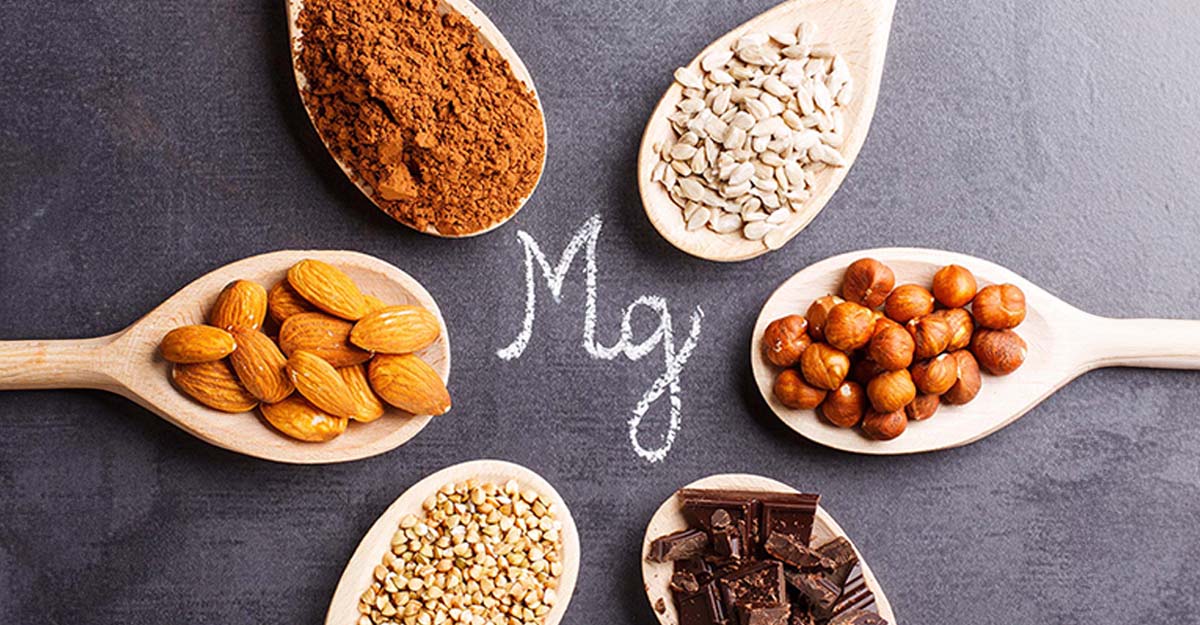
You’ve probably heard about the Blood Type Diet and how eating for your specific blood group can support your health, energy, and longevity. This concept comes from Dr. Peter J. D’Adamo, author of the best-selling book Eat Right for Your Type. His theory suggests that each blood type evolved with unique digestive traits and food preferences, so your ideal nutrition plan may depend on your blood’s antigens.
What does it mean to eat right for your blood type? According to D’Adamo, people with Type A blood are natural cultivators, descendants of early agricultural communities whose systems adapted to thrive on plant-based foods and low-fat proteins.
D’Adamo suggests that cultivators, who have a more sensitive immune system, may have a higher risk of developing heart disease, cancer, and diabetes. But with the right foods, blood A types can have better mental clarity, greater vitality, and increased longevity. Followers of the Blood Type A Diet often feel their best when they focus on fresh vegetables, legumes, and whole grains, rather than heavy meats or dairy.
What is Dr. Peter D’Adamo’s Blood Type Diet?
D’Adamo’s research proposes that your blood type is key to helping you understand how to eat in harmony with your ancestral biology, and that making dietary and lifestyle choices informed by one’s ABO blood type can help improve overall health and decrease the risk of certain chronic diseases, such as cardiovascular disease.
There are definitely plenty of experts who agree and disagree with the blood type diet theory. But if you happen to be curious about it, you could get Dr. D’Adamo’s book, listen to this fascinating interview with Dr. Oz to learn more, and even test out your own blood type diet to see how it makes you feel.
What is Type A Blood?
There are four main blood types: A, B, AB, and O. Which blood type you have is determined by the presence of particular antigens–substances that send signals to your body’s immune system–on your red blood cells. The ABO system of blood typing uses letters to indicate whether your red blood cells have the A antigen or the B antigen.
People with Type A Blood have A-antigens on the surface of their red blood cells and B antibodies in their plasma. In the U.S., this group makes up about 34% of the population. Some evidence suggests that different blood types may vary slightly in clotting tendencies, immune responses, and susceptibility to certain conditions.
Where to Get D’Adamo Personalized Nutrition
D’Adamo Personalized Nutrition offers supplements tailored to support the Blood Type Diet, promoting a personalized approach to health and wellness. If you’re interested in pursuing a variety of ways to eat right for your blood type, then consider pairing these supplements with a blood type diet recipe. You can find specific supplement options designed for people with Type A blood, such as:
- D’Adamo Personalized Nutrition Home Blood Typing Kit, a comprehensive self-testing kit with everything you need to learn your blood type before beginning a personalized diet plan
- D’Adamo Personalized Nutrition Polyflora + Type A, a probiotic blend formulated to support digestive balance for Blood Type A
- D’Adamo Personalized Nutrition Exakta Multivitamin, a complete multivitamin tailored to Type A needs
- D’Adamo Personalized Nutrition DetoxiCal-D, a synergistic blend of herbs and nutrients that supports gentle detoxification and calcium metabolism
- D’Adamo Personalized Nutrition Cortiguard, an Ayurvedic dietary supplement formulated to support nervous system health and moderate stress hormones that can affect digestion, particularly for people with type A blood.
Food Charts for Blood Type A: Best on a Mostly Vegetarian Diet

When I first saw the foods that should be avoided for people with Type A blood, I was taken aback. I can’t believe some of the nutritious foods that are on there! Tomatoes? I love tomatoes. Vinegar and coconut oil? What!?
Well, Dr. D’Adamo has reasons for it all. For instance, there are certain enzymes we may not produce well that make it harder for us to break some foods down.
Following this diet, for me, would be difficult when it comes to some of the foods I’d have to avoid. But I must say, I’m still curious about it. Maybe one day I’d try it for a month just to see.
Perhaps you might, too? Either way, if you’re blood Type A like me, here is a chart of the beneficial foods for your type as well as the foods you should avoid, according to Dr. D’Adamo’s theory.
Foods People With Blood Type A Should Avoid

In D’Adamo’s Blood Type Diet Chart, several common foods appear on the avoid list for Type A individuals. These include:
- Red meats such as beef, pork, and lamb
- Dairy products
- Certain nightshade vegetables like tomatoes, peppers, and potatoes (which contain lectins that can irritate digestion)
- Fermented or pickled items
- Tropical oils such as coconut oil
- Wheat and refined flour products (when consumed in excess)
See the chart below for an even more comprehensive look at foods that people with blood Type A should avoid.
Beneficial Foods for People With Blood Type A
There are several ingredients used throughout the recipes below that you can order from Natural Healthy Concepts, so you know that they’re high-quality:
- Turmeric
- Organic maple syrup
- Organic, raw flax seed
- Organic honey
- Raw pumpkin seeds
- Roasted sunflower seeds
7 Recipes for People With A Blood Type
Just in case you are interested in trying the Blood Type Diet, I’ve gathered some recipes that would suit the standards for Type A, with as many beneficial foods as possible. Let us know if you feel better, achieve a weight loss goal, or experience any other benefits from the diet that are worth mentioning.
1. Avocado Black Bean Burger
The secret to making this veggie burger, is adding the avocado right into the burger batter. Alexis, a registered dietitian from Hummusapien, says it makes the burger much more moist, creamy, and almost cheesy-like.
This recipe includes five beneficial ingredients for Type A eaters: flaxseed, black beans, lemon, onion, and garlic. Skip the cayenne pepper (a potential irritant for Type A systems) and try turmeric or cumin instead. Serve the burger on sprouted-grain Manna bread or atop a fresh spinach salad.
Find the recipe and directions at Hummusapien.com.
2. Blueberry Pineapple Green Detox Smoothie
Smoothies offer an easy way to load up on vitamins and antioxidants, which is perfect for those following the blood Type A Diet plan. This refreshing smoothie blend features spinach, kale, flax seeds, ginger, lemon, and blueberries, all beneficial ingredients you’ll find on the Blood Type Diet Chart.
Enjoy it for breakfast, as a post-workout drink, or with a handful of peanuts for a mid-afternoon energy boost.
Get the entire recipe and tips from LifeMadeSweeter.com.
3. Pumpkin Seed Dried Cherry Trail Mix
This simple, crunchy snack blends six nutrient-rich ingredients, two of which (pumpkin seeds and dried cherries) are especially beneficial for Type A blood. Mix your raw nuts and seeds with organic maple syrup and Wright Salt, then bake at 325°F for 20 minutes. Stir in the dried cherries afterward for a naturally sweet finish.
Keep these crunchy munchies around the house and take a bag for on-the-go, and you’ll always have healthy Type A blood food ready for snacking!
You can get the recipe from FoodNetwork.com.
4. 3-Ingredient Vegan Buckwheat Galettes
Recipes with few ingredients are the best. This recipe, from Whole New Mom, combines buckwheat flour, salt, water, and a flax “egg” (one tablespoon ground flaxseed + three tablespoons water) to create delicate, crepe-like galettes that fit perfectly into a plant-based diet plan.
They also make a fantastic snack, and they travel well, too. If you’re not using the Blood Type Diet Chart for blood Type A, you could use a regular organic egg, but otherwise, the egg substitute works great. Besides, both buckwheat flour and flaxseeds are on the A+ list for blood Type A.
Try them with some maple syrup, honey, or add another A+ food and lather on some peanut butter!
Get the entire recipe and tips from WholeNewMom.com.
5. Healthy 1-Minute Blueberry Muffin
Craving something sweet that still fits the blood Type A diet? This quick and healthy blueberry muffin comes together in a single minute in the microwave (or about 12 minutes in the oven). It’s fluffy, nutrient-rich, and easy to adapt for Type A digestion.
Consider this recipe like a healthy bakery-style treat that’s light, moist and fluffy – and will satisfy your muffin craving, too. Although the recipe calls for coconut flour, you’re better off using almond or rice flour to satisfy the Type A food diet.
Sweeten these muffins naturally with organic maple syrup, rather than granulated sugar. Replace the egg with a flax “egg” substitute and use pumpkin for your mashed starch. For the dairy-free milk of choice, Dr. D’Adamo says Type A’s do best with soy products, but almond milk will work fine, too: both options will provide a creamy texture while still sticking to a low-fat, plant-based approach.
Give it a whirl and see what you think. The flavor and texture is supposed to resemble a blueberry muffin you’d get at Starbucks.
Get the entire recipe and directions from TheBigMansWorld.com and enjoy!
6. Roasted Whole Artichokes
Artichokes are one of the best vegetables for people with Type A blood, according to Dr. D’Adamo’s Blood Type Diet Chart. If you’re like me, you’ve probably had plenty of experiences with creamy, cheesy spinach and artichoke dips in your lifetime, but have you ever tried roasting a whole artichoke and eating it just like that? I can’t say that I have!
This is so easy to do and combines the simple flavors of lemon, olive oil and garlic – all of which are on the beneficial Type A food list. Nicole from Pinch My Salt says these are delicious, but next time she’d add even more garlic.
Get Nicole’s take on it from PinchMySalt.com, and check out this quick how-to-video to see how to prepare your artichokes!
7. Ginger Garlic Baked Salmon
While the blood Type A diet emphasizes vegetarian options, occasional servings of fish can be beneficial for people with Type A blood, especially varieties like salmon or cod.
This recipe includes salmon, ginger, garlic and soy sauce, which are all on the Type A approved list. But you will have to make a couple substitutions: first, skip the oyster sauce (since shellfish are on the avoid list), and replace the sesame oil with olive, flax, or black currant seed oil. If you pair this recipe with a side salad, you can also use the olive or flax seed oil as a replacement for salad dressing.
Other than that, you’re good to go! Serve the salmon over brown rice or a bed of steamed broccoli for a nutrient-rich, anti-inflammatory meal that aligns with Dr. D’Adamo’s “eat right for your blood type” principles.
Get the entire recipe and directions from RasaMalaysia.com.
Remember that adopting the Blood Type Diet is about personalization, not restriction. For those with Type A blood, following a mostly plant-based, low-fat diet plan may support smoother digestion, steady energy, and improved overall well-being.
By understanding how your body responds to different foods and lectins, you can make smarter choices that align with your biology. Whether you try these seven recipes or start with smaller swaps, like replacing red meat with tofu or adding more leafy greens, you’re taking a mindful step toward better overall health.
FAQs
Why Do Blood Types Matter?
Beyond the potential health and diet implications, knowing your blood type is critical for blood transfusions. The U.S. Food and Drug Administration has strict guidelines that outline which blood types are suitable for transfusion and donation to other blood types.
What Are the Ranges of Blood Types?
There are four main blood types: A, B, AB, and O. Each blood type is determined by the presence or absence of two specific antigens (A and B) on red blood cells.
- Blood Type A: Has only the A antigen on red blood cells, and B antibody in the plasma
- Blood Type B: Has only the B antigen on red blood cells, and A antibody in the plasma
- Blood Type AB: Has both A and B antigens on red blood cells, but neither A nor B antibody in the plasma
- Blood Type O: Has neither A nor B antigens on red blood cells, but both A and B antibody in the plasma
What are the Blood Type Diets?

Is the Blood Type Diet Right for Me?
If you’re curious about personalized nutrition, the Blood Type Diet can be an interesting and potentially beneficial framework to consider. While some studies suggest that there’s limited clinical evidence to prove all of the claims of this approach, many people who follow these guidelines report improved digestion and energy when eating according to their blood type. If you’re considering trying it, consult with your healthcare provider, or consult with our practitioners, especially if you have pre-existing conditions or dietary restrictions.
* These statements have not been evaluated by the Food and Drug Administration. The products mentioned are not intended to diagnose, treat, cure, or prevent any disease.




